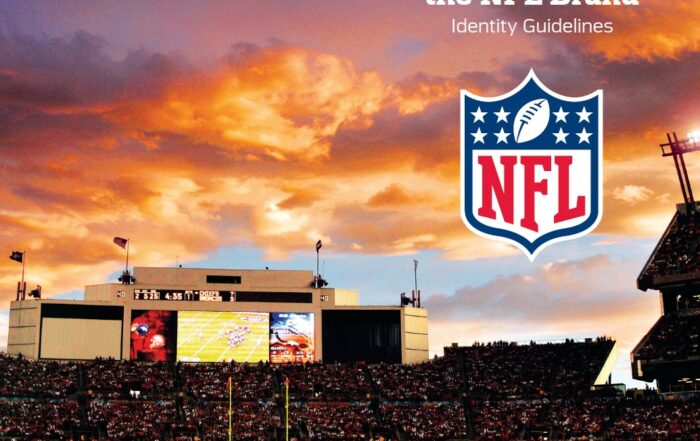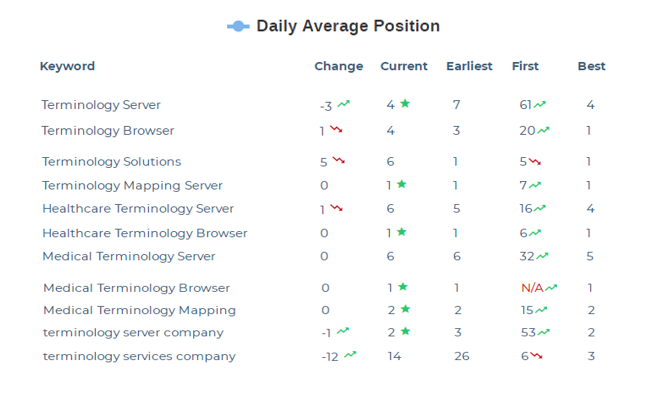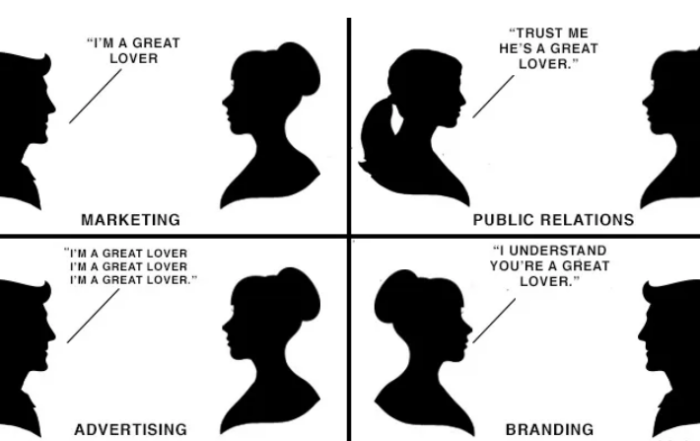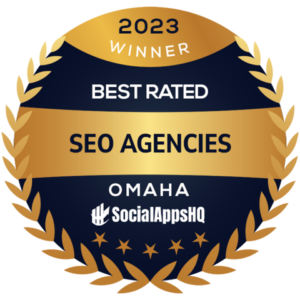
Super Bowl XLIX | Phoenix, AZ | 2015 – There is so much marketing going on in this photo you almost forget you have a soul and a body and people know you.
These days it seems that words like Marketing, Advertising, and Promotional get tossed around interchangeably. Though they really are different things and have different strategic purposes.
The technical definition of Marketing is “The activity or business of promoting and selling products or services, including market research and advertising.”
It’s important to note that advertising is included in the umbrella definition of marketing. This is to say that all advertising is some form of marketing. Yet not all facets of marketing are a form of advertising.
What Are The Four P’s of Marketing
In college, they teach you “The Four P’s of Marketing” which are product, price, place, and promotion. It’s an academic concept that traces itself back to the 1960s. While modern marketing strategies have definitely evolved since then, they remain core principles that serve as a firm foundation.
Once you understand the Four P’s of marketing, you can then apply modern concepts to create things like social media marketing, promotional marketing, advertising, email marketing, and more.
Product
Product marketing focuses on goods or services being marketed to a defined target audience. The most successful products tend to meet a need not currently being met by other products, or a product that is of higher perceived quality than the competition.
Price
Price is a critical component of most successful marketing plans. Most customers demand to know the price of a product or service before they will purchase it. In general, the most successful price strategies are based on a clear understanding of your target audience as well as their willingness to pay for your product.
Place
This is where you will be selling your products. In modern-day marketing, this is more than just a brick-and-mortar retail site. Many placement marketing strategies also factor in things like eCommerce, online sales, remote sales, and special events.
Promotion
Promotion is the component of marketing where all the action happens. This is the “How” you sell your products and services. It’s from promotion where you bring the product, price, and place together to launch your marketing messages into various channels like digital marketing, social media marketing, point of purchase, and more.
The Different Types of Marketing
Many different types of marketing and marketing strategies can be used to promote a product, service, or cause. The most successful companies tend to build a comprehensive marketing strategy that implements many different types of marketing to drive sales and business growth.
B2C Marketing
Business-to-consumer (B2C) is one of the more common types of marketing. These are marketing messages that are strategically promoted directly to the consumer using a variety of advertising methods. This includes placing ads on TV, radio, and social media, as well as print ads and even billboards.
B2B Marketing
Business-to-business (B2B) marketing typically involves a significantly longer buying cycle and is generally more strategic when it comes to presenting what customers want and need. Though B2B purchasers often also have an extremely high purchase intent, which makes B2B marketing hyper-competitive. Especially since the target audience will be doing a lot of research before purchasing the final product.
Personalized Marketing
Personalized marketing often starts with the company using historical data to create a personalized experience for individuals. It can be labor intensive and tends to be used in the 21st Century to market high-value goods and services in order to maintain a feasible ROI.
Outbound Marketing
Outbound marketing is typically focused on how the message is being delivered. This often involves the company sharing its message with an audience. It often uses general terms to speak to broad target audiences. One of the most common vehicles for outbound marketing is billboard advertising where the company is trying to impart certain information to the people driving by.
Direct Mail Marketing
Direct mail marketing allows businesses to target a specific area or sales region. While it’s fallen out of favor for nationally positioned goods, it remains a modestly effective marketing tool for local companies.
One of the best examples of effective direct mail marketing would be the weekly grocery store advertisements that are mailed to your home. They encourage the recipients to choose their grocery store over a local competitor by offering better deals. This further helps enhance customer loyalty on the local level.
Public Relations Marketing
Public relations (PR) marketing is a strategy where a news source partners with your company to generate awareness of your business. Though a lot of news agencies have strict rules about engaging in PR marketing. So, it’s generally limited to when a company launches a new product or has a major change of leadership, or perhaps merges with another company or expands local service.
PR marketing generally isn’t used to promote a product directly. It’s more used as a vehicle for increasing brand awareness for your business. It also tends to be used more as part of a larger B2B marketing strategy, than marketing to the general public.
Digital Marketing
In the 21st Century digital marketing has become an entity onto itself. It takes many forms including social media marketing, content marketing, and affiliate marketing. Just to name a few.
Searching Engine Marketing
As the term implies, search engine marketing is the strategic utilization of marketing tools positioned via popular search engines such as Google. It can come in many forms, including paid advertisements, pay-per-click (PPC) advertisements, and even suggested posts.
Search engine marketing can also incorporate a wide range of organic SEO strategies. This often costs less and success is based on optimizing content in the hopes of ranking highly on Google and other popular search engines.
Content Marketing
Content marketing focuses on generating high-quality content, like eBooks, webinars, and blogs that encourage potential customers to interact with your brand. The underlying goal of a successful content marketing campaign is to get potential customers to share some information, while also converting to active sales.
Affiliate Marketing
Affiliate digital marketing is a somewhat new marketing strategy where a company pays a specified commission to an external website that helps boost sales. Many of the best affiliate marketing campaigns are used in combination with influencer marketing strategies to target a very focused demographic of consumers.
Social Media Marketing
Social media marketing employs a variety of social media platforms in a way that encourages target audiences to share your messaging. Social media marketing can come in several forms including paid advertising, organically generated content or user-generated content.
Savvy social media marketing managers will use different platforms to target specific target audiences. This might even include different forms of engagement on one platform. All while maintaining a consistent brand image on all platforms.
Email Marketing
Email marketing has been reinvigorated in the 21st Century as an effective communication vehicle used in both B2B and B2C marketing strategies. High-quality contact lists ensure you are engaging specific target audiences. Email marketing tends to be easy to implement some sort of segmentation in your marketing messages.









